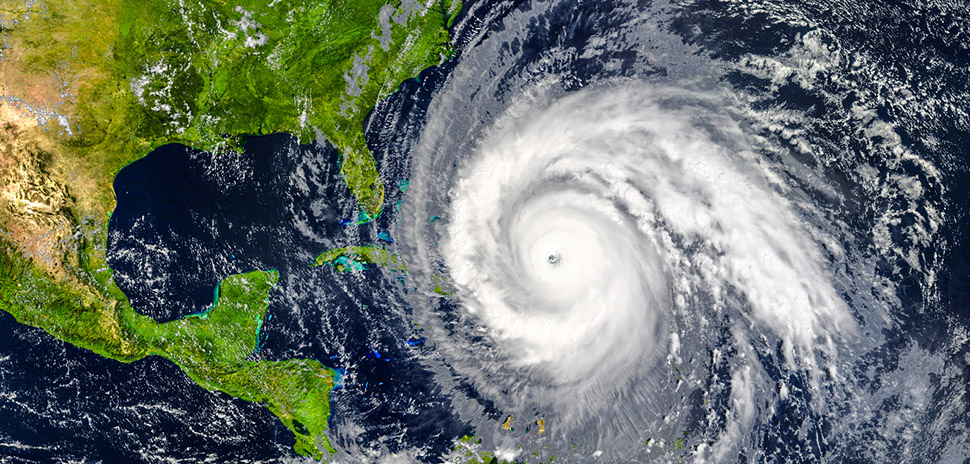Hurricanes don’t happen in a vacuum. They crash into everyday life, wrecking cities and flooding whole regions with killer destructive force. Catastrophes like Hurricane Katrina raise big questions: Why weren’t we prepared? Why did so many have to die or be left stranded without critical supplies? A professor at Southern Methodist University has received a $315,580 grant to answer those questions before they need to be asked—by using data to create entirely new models for evacuation planning and disaster preparedness.
Halit Üster, a professor of operations research and engineering management at SMU’s Lyle School of Engineering. received the three-year grant from the National Science Foundation (NSF). The funding will help Üster explore investigate models that will aid evacuees in a “more robust, predictive, timely and cost-effective manner” than past responses to natural disasters.
Üster’s secret weapon: data
Üster will use a systems view to develop his models, loading in data points like where a disaster is expected to occur, how intense it might be, how many are expected to evacuate, where they’re likely to go, and how long their evacuation will take.
Using that data, Üster’s model will determine the most cost-effective way to evacuate people safely, making sure enough supplies will reach them, and doing it all with one goal in mind: speed.
As Hurricane Katrina showed, no time can be lost when it comes to saving lives.
“The complexity of such coordination became obvious in the recent events of Hurricanes Harvey and Irma in 2017 as well as earlier ones, such as Katrina and Rita in 2005,” Üster said in a statement. “These events created significant awareness of shortcomings in existing response plans.”

Professor Halit Üster [photo: SMU]
Evacuation isn’t enough
Üster believes most decision makers focus too narrowly on evacuation—getting people away from a hurricane or flood. They don’t give as much thought to where people are going, and what happens when they get there.
“On the other hand, you have people on the supply side, who are thinking, ‘We have people who are moving to different locations. We have to get supplies for them.’ But they don’t know where those people are going to go,” he added in the statement.
That’s where data comes in. Having the right models in place can help keep authorities one step ahead of the storm, instead of racing to catch up with its aftermath.
An earlier post-Katrina model
After Hurricanes Katrina and Rita in 2005,Üster built an earlier model. At the time he was living in College Station, where he witnessed the chaos in the Houston area due to the influx of so many desperate evacuees.
“When Rita happened, people had learned about the need to evacuate from their experience with Katrina just weeks before, and overnight, we had people everywhere,” he said. “You could not find anything in any grocery store, and people were just spending nights at gas stations, because they couldn’t find a place to sleep.”
Supercomputers will crunch the data
Üster will use the NSF grant to add more variables and detail to his earlier model. Complex mathematical optimization will require data managed by geographical information systems, using SMU’s own supercomputing facilities.
The professor will enlist SMU students to help him build a stronger preparedness model, using more recently available data science tools.
One thing the team will explore: post-event surveys that reveal why some people evacuated when others didn’t—and where the evacuees went.
“There will always be some uncertainty with a natural disaster,” Üster said in the statement. “But our goal is to minimize that and help guide evacuees to open shelters as well as provide them with supplies in a cost-effective, timely fashion.”
![]()
Get on the list.
Dallas Innovates, every day.
Sign up to keep your eye on what’s new and next in Dallas-Fort Worth, every day.

































